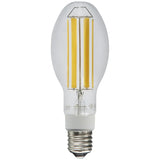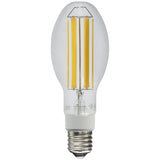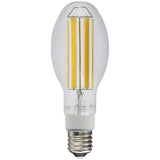Most Existing Incandescent, Halogen and Fluorescent Photocontrols Will Not Work with LED
Posted by Dave on for ProLampSales
It's not uncommon today for an incandescent, halogen or fluorescent light source to be replaced with an LED light source. Many LEDs are made to be direct replacements for traditional light bulbs and fixtures. In some cases, those traditional light sources have been controlled by photocells that are still in place. When this is the case, it usually results in an LED that does not respond to the photocell.
Traditionally, photocontrol manufacturers only had to design their controls to work with tungsten (incandescent / halogen) and ballasted (fluorescent / HID) lighting loads. It turned out that these traditional photocell devices did not work, or did not work very well, with LED.
Eventually the manufacturers introduced LED compatible photocontrols that could accommodate the unique electrical characteristics of LED light sources. LED compatible photocells are now commonly available and must be purchased to replace older photocells at the same time the LEDs are installed in place of traditional light sources.
How to Determine Photocell Compatibility with LED
Photocontrol specification sheets always include rated loads for the types of light sources the device can control. On the specification sheets, "tungsten" refers to incandescent and halogen light sources. "Ballast" refers to fluorescent and HID lighting. If LED is not included as a light source, the photocontrol is unlikely to work with LED fixtures.
Steps:
- If LED is replacing a traditional light source in a system that includes photocontrols, assume the existing photocontrols will not work with LED.
- Check the photocontrol specification sheet to confirm that LED is one of the included light sources. If so then check the "rated load" for LED. If the load for the installation exceeds the listed rated load, find another photocontrol that will accommodate the higher load.
- Finally, check the voltage listed in the photocontrol specs – it must match the voltage for the installation.
Featured Products (View All)
0 Comments




